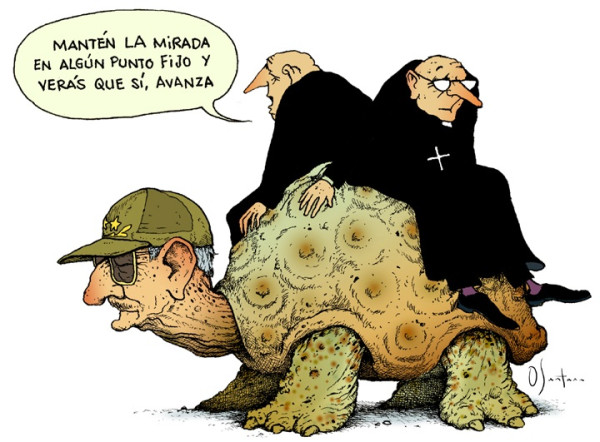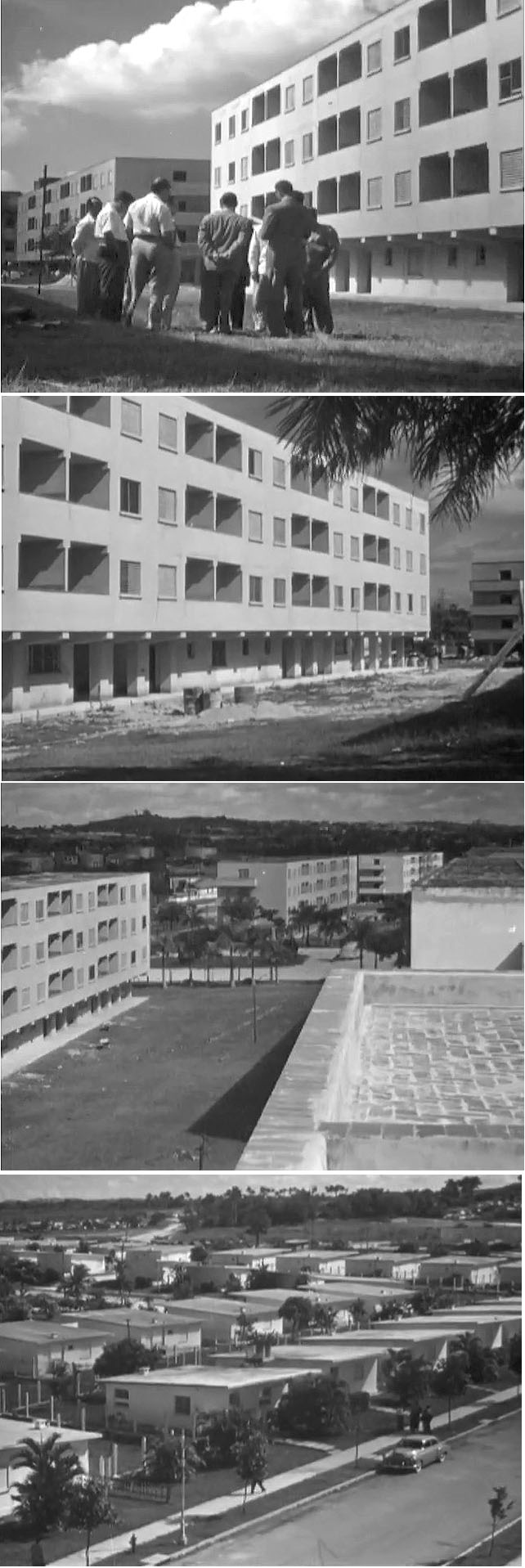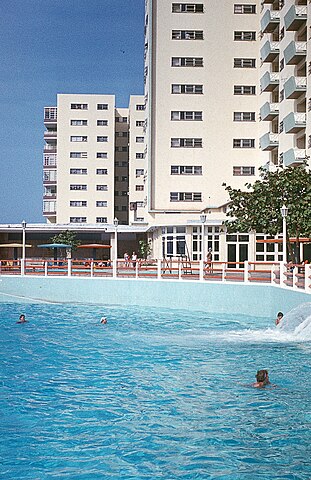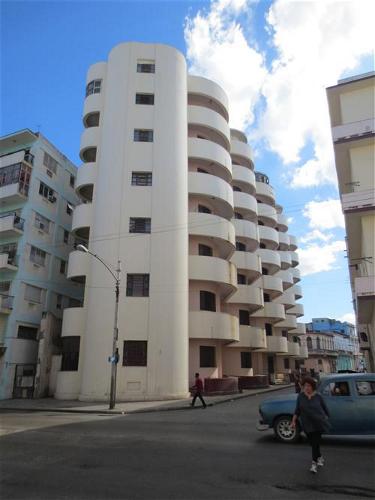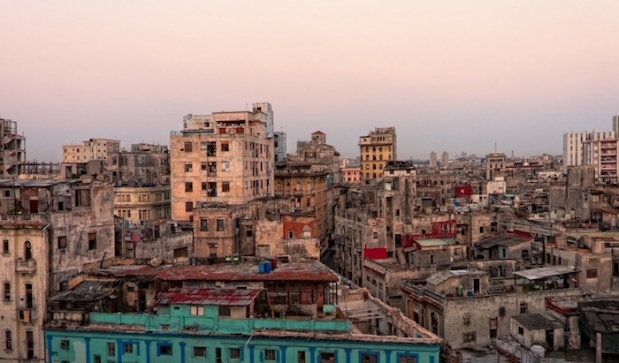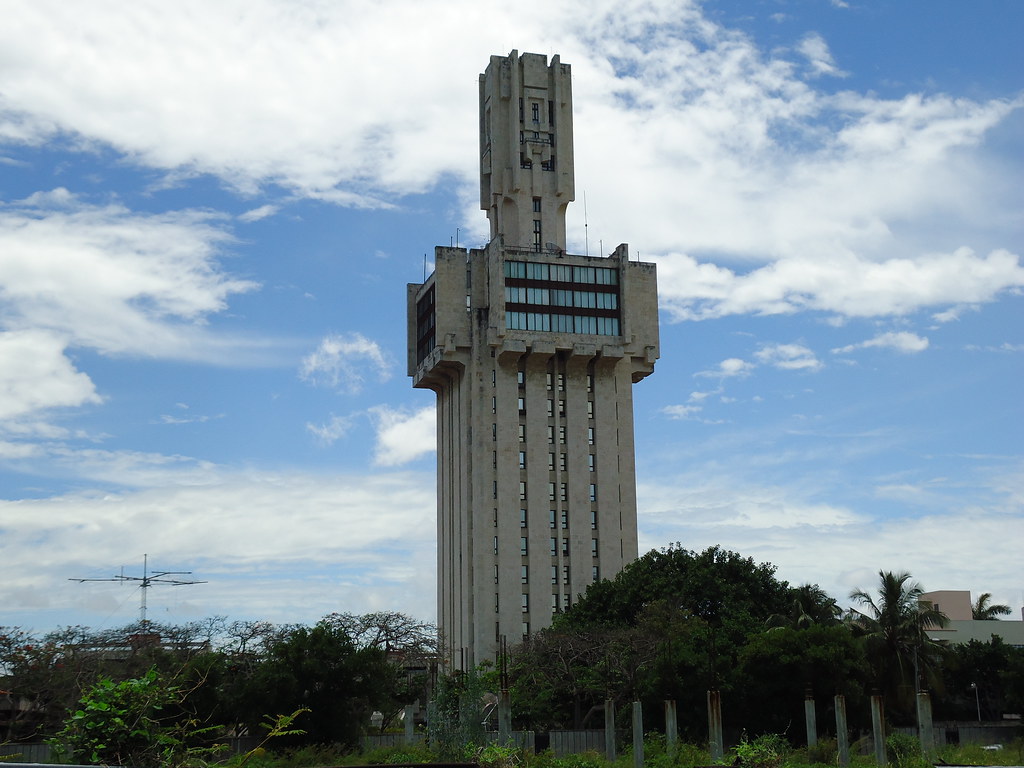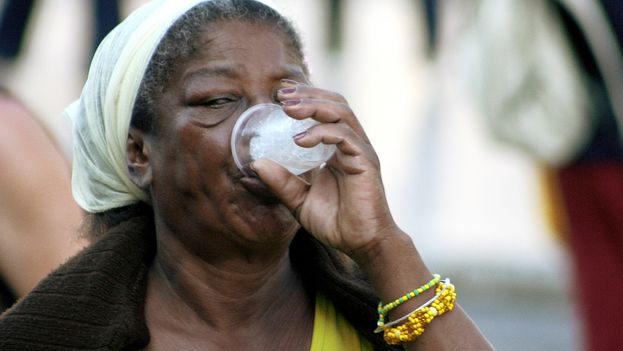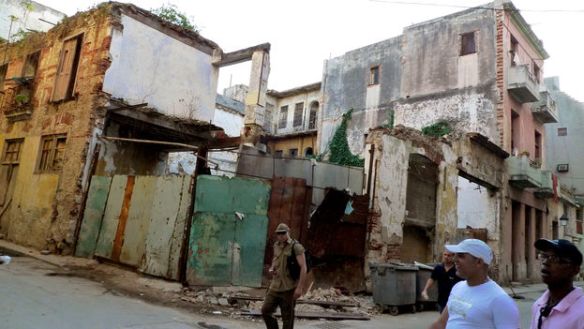- Joined
- May 13, 2010
- Messages
- 5,250
- Reaction score
- 763
- Location
- Los Angels, USA
- Gender
- Male
- Political Leaning
- Slightly Conservative
Re: C. Corruption under the Castroit reguba’s bloggers are as sharp abroad as at home
Color television was introduced in Cuba in 1958, the second country in the world after the U.S. to broadcast in color. Channel 12 Telecolor, started transmission in color on February 24, using RCA telemovie equipment capable of processing color television images.
After the Castroit regime took over the government in1959, Channel 12 stop broadcasting color programming. On August 6, 1960, the regime nationalized all the TV and radio networks, and censorship was established. This was the beginning of the end of the free press. The TV color equipment were dismantled and shipped to the Soviet Union to duplicate it using reverse engineering technology. Because of it, the Soviet Union was able to start the transmission of color TV on October 1st 1967. Color TV was no reintroduced in Cuba until 1976 in a much smaller scale.
Color television was introduced in Cuba in 1958, the second country in the world after the U.S. to broadcast in color. Channel 12 Telecolor, started transmission in color on February 24, using RCA telemovie equipment capable of processing color television images.
After the Castroit regime took over the government in1959, Channel 12 stop broadcasting color programming. On August 6, 1960, the regime nationalized all the TV and radio networks, and censorship was established. This was the beginning of the end of the free press. The TV color equipment were dismantled and shipped to the Soviet Union to duplicate it using reverse engineering technology. Because of it, the Soviet Union was able to start the transmission of color TV on October 1st 1967. Color TV was no reintroduced in Cuba until 1976 in a much smaller scale.


